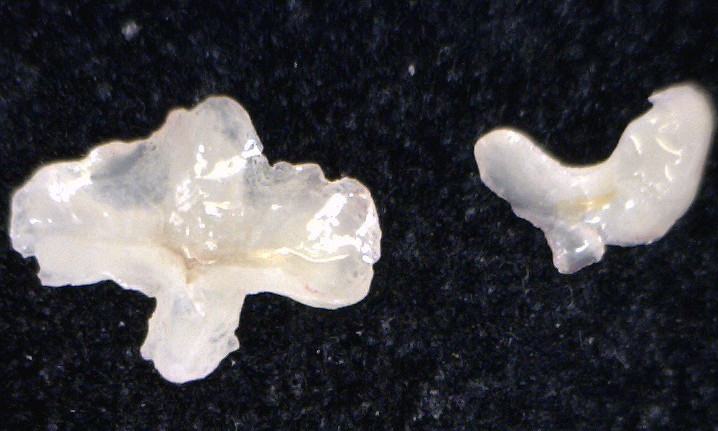Composits
Tooth conservation for inlays is less for indirect composites compared with direct composites because of a divergent preparation and other reduction requirements. Conservation of tooth structure is greater with indirect composite onlays than with full-coverage crowns.
Interproximal contours are observed to be superior to those created by most clinicians because we are fabricated on removable dies by a skilled dental technician.
Aesthetics are observed to be superior to those created by most clinicians as they are created outside the oral cavity by skilled dental technicians. Compared with direct composites, indirect composites provide superior physical properties such as margins, wear, strength, longevity and dramatically reduced polymerization shrinkage due to better and more complete curing methods, the curing methods include a variety of combinations of heat, pressure in a nitrogen atmosphere, water, etc., light, and vacuum, outside the oral cavity.
WHAT ABOUT PORCELAIN INLAYS AND ONLAYS?
When comparing wear of the opposing enamel between indirect composites and porcelain, indirect composites hold a definite advantage.23 Some studies suggest that indirect composite inlays and onlays also hold the edge with respect to the long-term quality of margins. Margins are still one of the keys to restorative success. The longevity of indirect restorations of any type depends on the integrity of the margins at placement, despite the intoxicating temptation that can be found in a short-term “cover-up” of deficiencies with the use of resin cements. In a recent 8-year in vivo study of fired ceramic inlays, the margins were observed to have 22% visual microfractures and 77% microfractures under scanning electron microscope (SEM).24 Another study of pressed-glass ceramic inlays and onlays, after 6 years in vivo, showed 94% with margin deficiencies.25 In contrast, the margins of indirect composites seem to be faring much better. In 1992, Van Meerbeek et al26 reported in a 5-year in vitro wear study under SEM that 60% of indirect resin margins are gap-free. In 1996, Van Dijken and Horstedt27 reported that 84% of indirect resin inlays were gap-free at 5 years in vivo. A recent 3-year study, reported in the Journal of the American Dental Association in 2000, compared direct composites with indirect composites. It concluded that the margins of indirect composites were “rated consistently higher than direct composites.”

